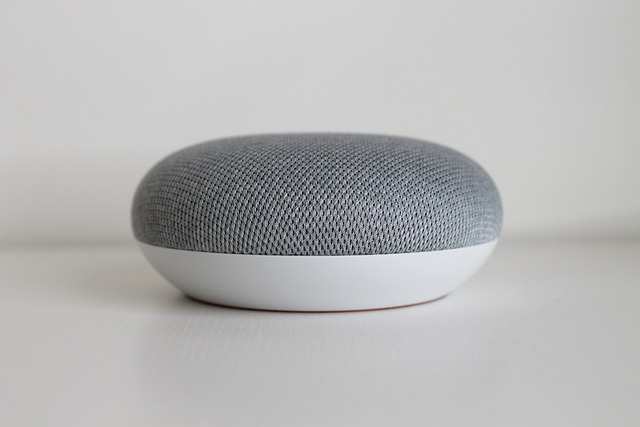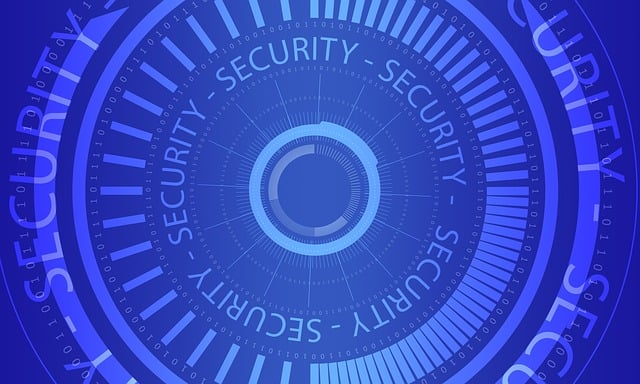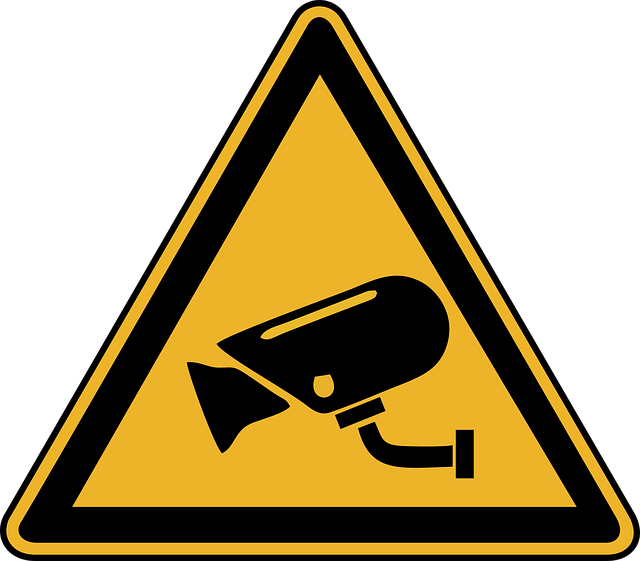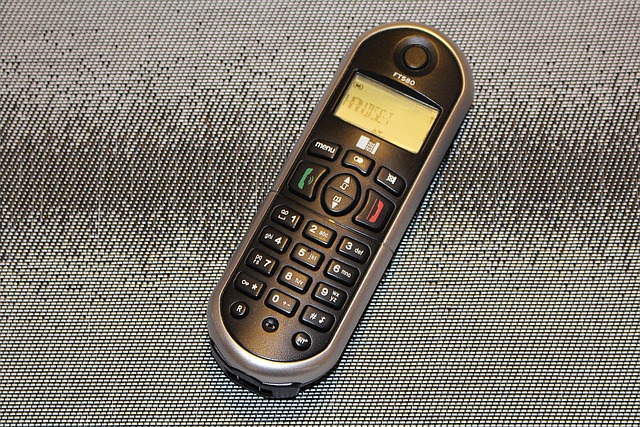Smart home devices have transformed how we secure and interact with our living spaces, offering a comprehensive solution for enhanced home safety. This beginner's guide introduces various components of smart home technology, from motion sensors to automated locks, working together as an interconnected system. By integrating these devices via smartphone apps, homeowners gain peace of mind and real-time alerts, ensuring their properties are secure even when they're away. The key is choosing devices suited to individual needs for optimal performance and seamless integration. Implementing these technologies creates a robust security network, offering remote access control, real-time monitoring, and advanced features like motion sensors, cameras, and intelligent alarms. A beginners guide to smart safety equips you with tools to transform your home into a secure fortress using cutting-edge home safety technology while prioritizing privacy and data security.
In today’s digital era, smart home devices offer unprecedented levels of convenience and security. This comprehensive guide delves into the world of home safety technology, equipping beginners with essential knowledge for setting up a robust smart safety system. From understanding key components like cameras, door locks, and sensors to advanced features enhancing protection, we explore how these innovations fortify your living space. Additionally, best practices for ensuring privacy and security when using smart devices are highlighted, providing a secure foundation for your smart home protection network.
- Understanding Smart Home Devices and Their Role in Safety
- Benefits of Implementing Home Safety Technology
- Essential Components for a Beginner's Smart Safety System
- Setting Up Your Smart Home Protection Network
- Advanced Features to Enhance Home Security with Smart Devices
- Ensuring Privacy and Security: Best Practices for Using Smart Devices
Understanding Smart Home Devices and Their Role in Safety

Smart home devices have transformed the way we perceive and interact with our living spaces, offering more than just convenience; they play a pivotal role in enhancing home safety. For beginners looking to navigate this realm, understanding the capabilities of these devices is essential. Smart home technology encompasses various components that work together to create an interconnected system, allowing you to monitor and control aspects of your home remotely. From motion sensors and smart cameras to automated locks and alarm systems, each device contributes to a comprehensive security strategy.
By utilizing these smart home protection tools, homeowners can gain peace of mind, knowing their properties are secure even when they’re away. The beauty lies in the fact that many of these devices can be operated or monitored via a smartphone app, providing real-time updates and alerts. This beginner’s guide to smart safety emphasizes the importance of choosing devices tailored to your needs, ensuring optimal performance, and integrating them seamlessly into your daily routine for an enhanced sense of security.
Benefits of Implementing Home Safety Technology
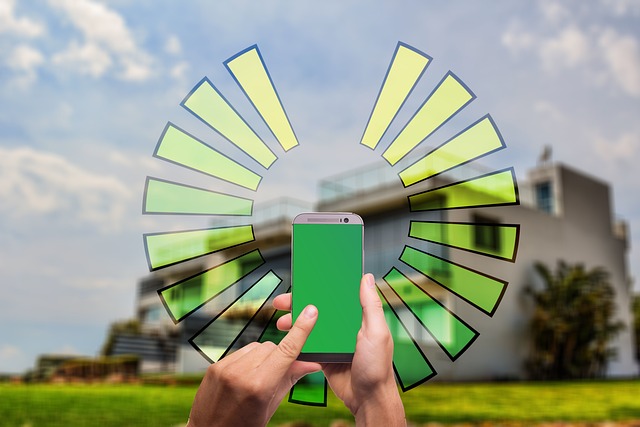
Implementing home safety technology, often facilitated by smart home devices, offers a multitude of benefits that significantly enhance your family’s security and peace of mind. This beginners guide to smart safety introduces you to a world where your home becomes not just a place to live but a fortress designed with cutting-edge protection. Smart home protection systems allow you to monitor and control access to your property remotely, ensuring quick responses during emergencies and giving you the comfort of knowing your loved ones are safe.
Using smart devices for home safety provides an advanced layer of defense against potential intruders. Motion sensors, security cameras, and intelligent alarms seamlessly integrate to create a comprehensive surveillance system. This technology not only deters burglars but also enables you to receive instant alerts when any unusual activities occur. By leveraging the power of smart home devices, homeowners can transform their living spaces into tech-driven environments that prioritize safety, offering greater control and accessibility for enhanced protection around the clock.
Essential Components for a Beginner's Smart Safety System

For those new to the world of smart home protection, creating a comprehensive safety system can seem daunting. However, with the right components, even beginners can enhance their home’s security and peace of mind. A basic yet effective setup includes starting with a reliable smart hub that acts as the central command center for all your devices. This connects various sensors, cameras, and alarms, allowing them to communicate and respond together. Motion detectors are essential; they alert you to any movement in specific areas, triggering lights or alarms if needed.
Door and window sensors are equally vital, providing real-time alerts when access points are opened or closed. For enhanced visibility, outdoor security cameras equipped with motion detection offer a clear view of your property, while indoor cameras with two-way audio allow you to interact remotely. Don’t forget about smart locks, which let you control access from anywhere, ensuring only authorized individuals enter your home. Using these smart home devices together creates a robust safety network tailored for beginners’ needs.
Setting Up Your Smart Home Protection Network
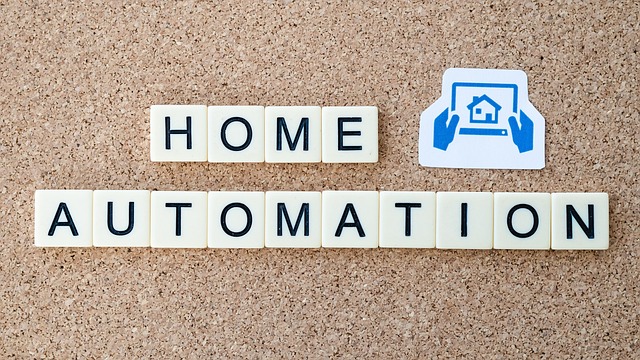
Setting up a comprehensive smart home protection network is an exciting journey for any homeowner looking to enhance their safety and security. For beginners, it might seem overwhelming, but with a structured approach, you can transform your house into a fortified haven using cutting-edge technology. Start by identifying areas of concern—entry points like doors and windows—and strategically place smart locks and sensors. These devices allow you to monitor access and receive alerts when there’s unusual activity.
Next, invest in smart home security cameras and motion detectors. These devices provide real-time surveillance, capture intruder attempts, and send instant notifications to your smartphone. Integrate these with a central control system that allows for easy monitoring and control from anywhere. With the right combination of smart home devices, you’ll have a powerful protection network, offering peace of mind and an extra layer of security for your family and belongings.
Advanced Features to Enhance Home Security with Smart Devices

Advanced Features to Enhance Home Security with Smart Devices
For those new to smart home protection, integrating security technology can seem daunting. However, a beginners guide to smart safety reveals a world of possibilities. Smart home devices offer more than just basic security; they provide comprehensive home safety solutions. These include motion sensors that detect unusual activity, intelligent cameras allowing remote surveillance, and automated systems that alert you in real-time to potential threats.
Using smart devices also enables enhancing home safety with features like door and window contacts, glass break detectors, and even voice control integration. These advanced functionalities allow for a layered approach to protection, ensuring every corner of your home is secured. In terms of convenience, smart home protection lets you monitor and manage security from anywhere, providing peace of mind whether you’re at work or on vacation.
Ensuring Privacy and Security: Best Practices for Using Smart Devices
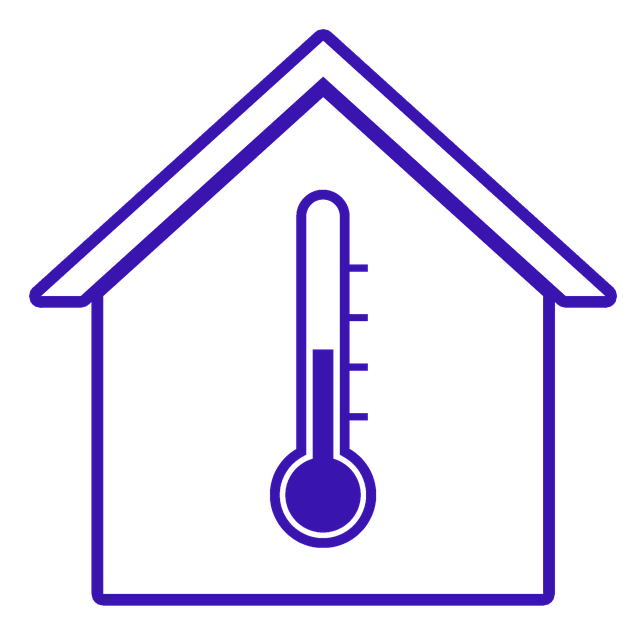
When it comes to smart home devices, many homeowners are drawn to the promise of enhanced home safety and convenience. However, ensuring privacy and security should be a top priority when using this technology. Beginners should start by understanding the permissions and access granted to each device. Every smart home gadget connects to your network and collects data, whether it’s through voice commands, motion sensors, or camera feeds. Regularly reviewing and updating privacy settings is crucial to maintaining control over this information.
A simple yet effective practice is to enable encryption on all devices and networks to protect data transmission. Keep firmware updated for added security features. Additionally, using strong, unique passwords for each account associated with smart home devices is essential. This prevents unauthorized access, ensuring your home safety technology works as intended while safeguarding your personal information.
